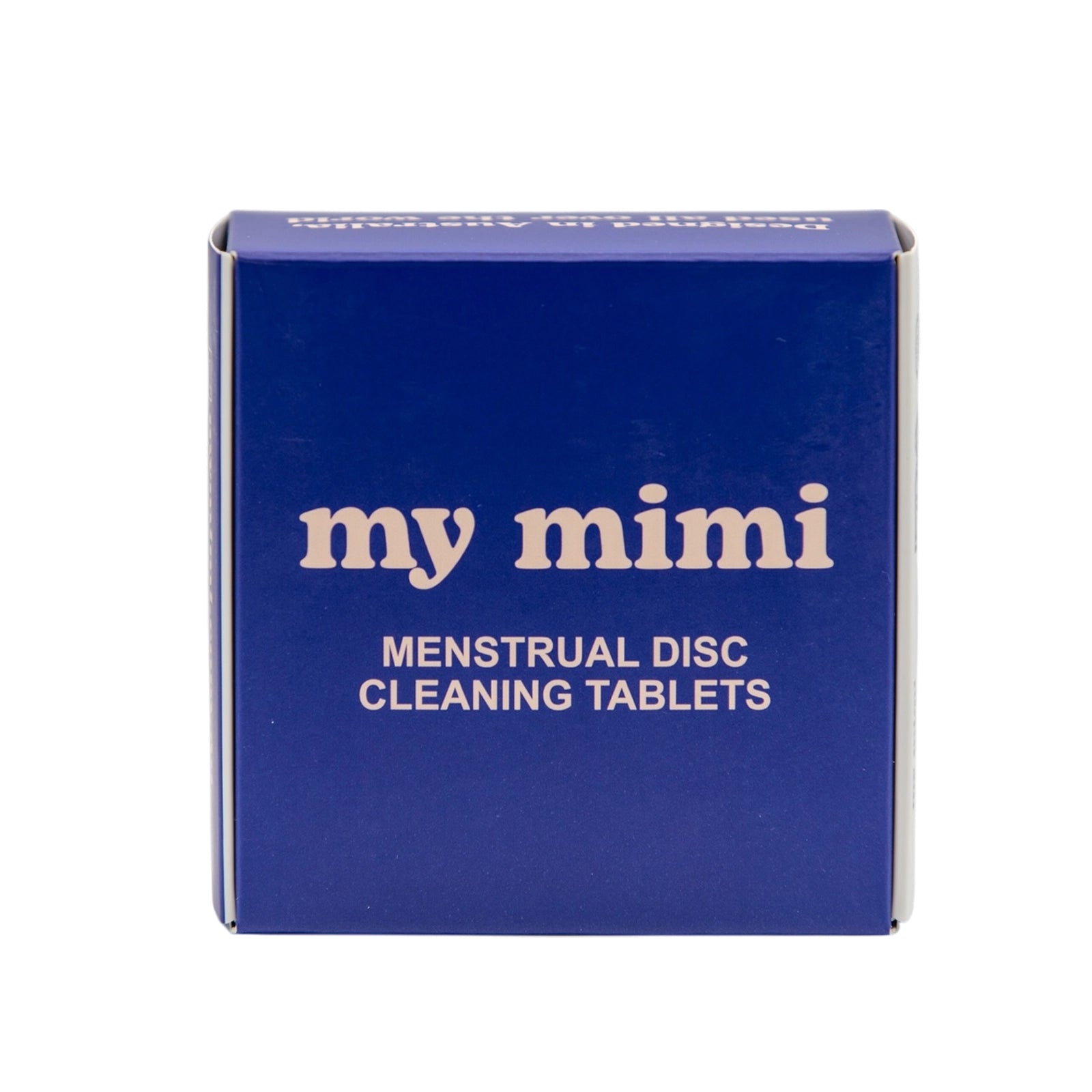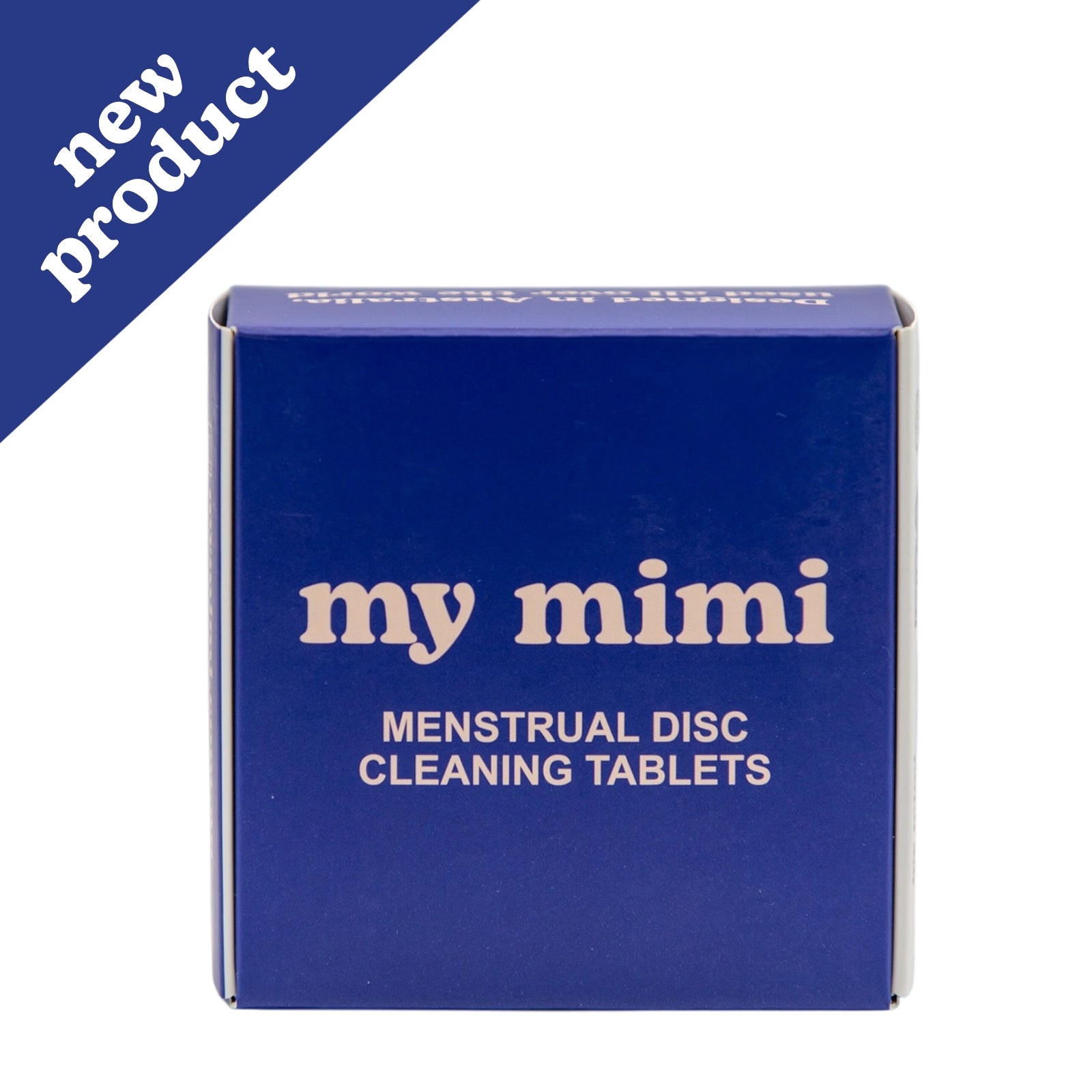How much blood do you lose on your period?
Date Created: 2nd of July 2025
Read Time: 5 minutes
Periods are a normal part of life. Still, many people are unsure how much blood they actually lose. The short answer is not as much as it looks. This guide explains typical amounts, what counts as heavy, and when to seek help. It also shares simple ways to track your flow with confidence.
The average amount of blood lost
Most people lose between 30 and 50 millilitres of blood during a period. That is about two to three tablespoons. It often looks like more because menstrual fluid is not only blood. It also contains uterine tissue and mucus. These mix together and spread across pads, tampons, and underwear, making the volume seem larger.
For a quick visual, a standard shot glass holds about 30 millilitres. Across a whole cycle, many people would fill that once, or a little more.
Light, medium, and heavy periods
Every body is different. So is every cycle. Flow can change with age, stress, contraception, and health conditions. As a guide:
- Light periods: often around 10 to 20 millilitres in total.
- Average periods: usually 30 to 50 millilitres.
- Heavy periods: more than 80 millilitres, or frequent flooding and large clots.
If you regularly soak through a pad, tampon, or disc in one to two hours, that is heavy. If you pass clots larger than a 50 cent coin, that is also heavy. Both are good reasons to speak with a doctor.
Why it looks like more
There are three main reasons periods look heavier than the numbers suggest. First, menstrual fluid spreads out, so it covers a wide area. Second, clots are common and can make loss appear bigger. Third, colour changes the perception of volume. Bright red, dark red, or brown can all seem more dramatic, especially on fabric or tissue.
Small clots can be normal. Larger or frequent clots, or new clots that appear with pain or dizziness, are worth checking.
Simple ways to track your flow
Estimating flow is easier when you use products with known capacity. A reusable menstrual disc or cup can help you measure more precisely than pads or tampons.
The my mimi reusable menstrual disc comes in two sizes designed to suit different needs:
- Small: 32 ml capacity. A popular choice for first time users.
- Large: 61 ml capacity. Helpful for heavier days or those who prefer more room to move.
Because you can see how much the disc collects, you can add it up across the day and across your cycle. Over a few months, you will learn your pattern. That makes planning easier. It can also help you and your clinician spot changes early.
How long should a period last?
Many periods last four to six days. Some are shorter. Some are a little longer. A change by one or two days is common. However, bleeding for more than seven days often suggests heavy menstrual bleeding. If that is new for you, consider booking a check up.
Common signs to see a doctor
Make an appointment if you notice any of the following:
- Bleeding that soaks through a pad, tampon, or disc every one to two hours.
- Large clots, repeated flooding, or bleeding longer than seven days.
- Marked fatigue, shortness of breath, or dizziness during your period.
- Pain that interferes with work, study, or sleep.
- A sudden change in your normal pattern without a clear reason.
Heavy menstrual bleeding can lead to low iron. It can also be linked to treatable conditions. Early advice helps.
Everyday tips that can help
Small changes make periods easier to manage. Try tracking your cycle with a diary or app. Pack a small care kit with spare underwear and a resealable bag. Drink water, rest when you can, and move gently if that feels good. Simple meals with iron rich foods can support energy during and after a heavy cycle.
Reusable period care that fits your life
Choosing the right product matters. Comfort matters too. The my mimi menstrual disc is soft, suction free, and designed to sit higher in the vaginal fornix. Many users find this position more comfortable. It also allows mess free intimacy for some people.
Better still, a single disc can be reused for up to five years with the right care. That works out to about 83 cents per month over its lifetime. Less waste. More value. More confidence.
How to clean a reusable disc
Rinse with cool water first. Then wash with mild cleanser and warm water. Rinse again and air dry. Between cycles, many users sterilise their disc in boiling water for a few minutes. Always follow the instructions that come with your product.
The bottom line
Most people lose 30 to 50 millilitres of blood per period. Some lose less. Some lose more. If your flow feels heavy, track it for a month or two. If you are worried, speak with a clinician. With the right information and the right product, your period can be calm, predictable, and more comfortable.
The my mimi menstrual disc can help you understand your flow, reduce waste, and worry less. Two sizes. Up to 12 hours of wear. Simple care. Designed to fit your life.
Health Note
This article is for informational purposes only. For personalised advice or diagnosis, always speak to a qualified healthcare professional.









